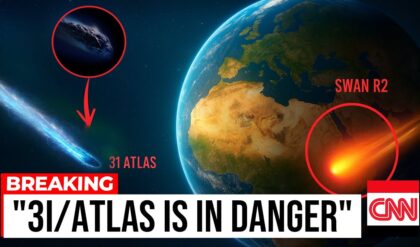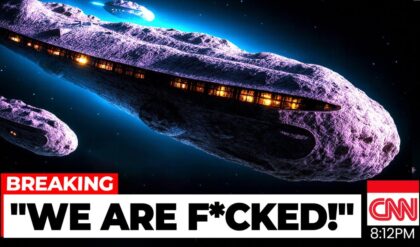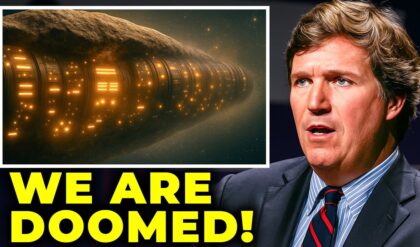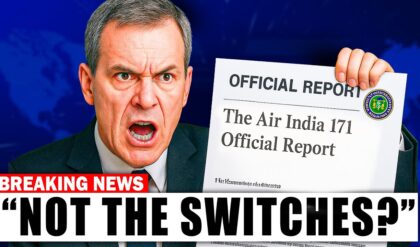😱 Zelda Casting Sparks WILD Drama! 😱
The Legend of Zelda movie’s casting reveal has the internet in a frenzy! Fans wanted Hunter Schafer as Princess Zelda, but Nintendo’s choice has some calling for Shigeru Miyamoto’s head! 😳 Is this just fan passion or something bigger?
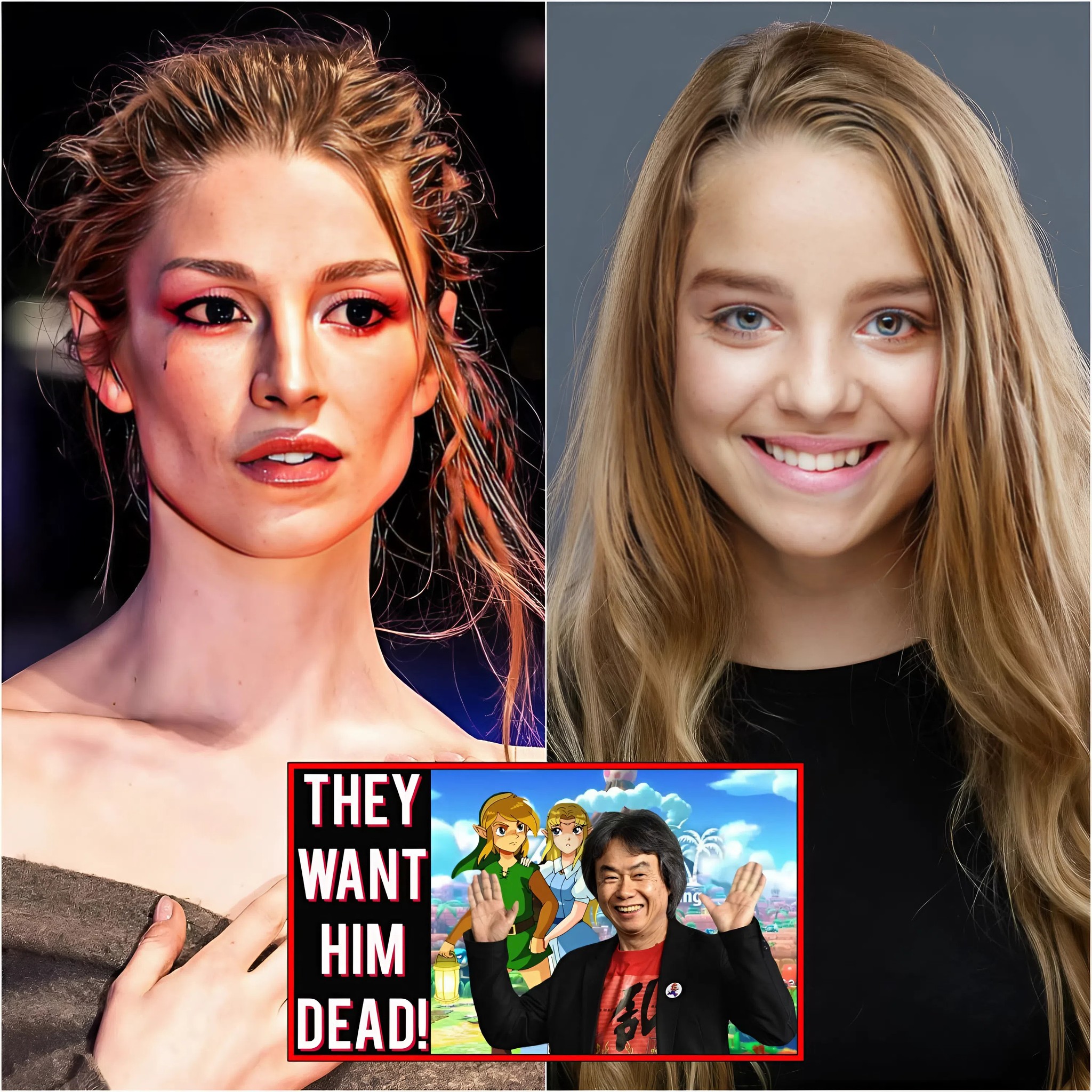
Zelda Casting Controversy: Fan Fury or Misblown Hype Over Miyamoto?
The announcement of the live-action The Legend of Zelda film has sent shockwaves through the gaming world, but not for the reasons Nintendo hoped. On July 16, 2025, Shigeru Miyamoto, the legendary creator of The Legend of Zelda, revealed that British actors Bo Bragason and Benjamin Evan Ainsworth will play Princess Zelda and Link, respectively, in the film set for release on May 7, 2027. The news was meant to excite fans, but instead, it ignited a firestorm online, with some vocal fans and activists expressing outrage over the decision not to cast transgender actor Hunter Schafer as Zelda. A particularly inflammatory social media post even called for Miyamoto’s death, leading to sensationalized claims of “insane gender activists” targeting the Nintendo icon. But what’s really behind this controversy, and is it as explosive as it seems? This article explores the casting debate, Miyamoto’s role, the fan theory fueling the backlash, and what it means for the future of The Legend of Zelda.
The Casting Announcement: A Dream Realized, A Debate Ignited
The Legend of Zelda live-action film, co-produced by Nintendo and Sony Pictures, has been a long-awaited project since its announcement in 2023. Directed by Wes Ball (Maze Runner), the film promises to bring the beloved Hyrule universe to life, with Miyamoto overseeing production to ensure fidelity to the source material. His X post announcing Bo Bragason as Zelda and Benjamin Evan Ainsworth as Link was meant to be a celebratory milestone. Bragason, known for Renegade Nell and BBC’s Three Girls, brings a youthful elegance to Zelda, while Ainsworth, who voiced Pinocchio in Disney’s live-action remake, embodies Link’s heroic spirit. Miyamoto expressed excitement for their performances, but the reaction online was anything but unified.
Some fans had passionately campaigned for Hunter Schafer, a transgender actress known for Euphoria, to play Zelda, citing her visual resemblance to the princess and her rising star power. When Bragason was announced instead, disappointment turned to outrage for a vocal minority. One now-deleted social media post escalated the rhetoric to a shocking level, suggesting Schafer should be “allowed to kill Miyamoto” for the casting decision. This extreme comment, quickly condemned by fans across the spectrum, fueled a narrative of “insane gender activists” targeting Miyamoto. However, the reality is more nuanced, with most criticism centered on fan-casting preferences rather than widespread calls for violence.
The Sheik Theory: Why Some Fans See Zelda as Trans
The backlash hinges on a fan theory that Princess Zelda is transgender, rooted in her appearance as Sheik in The Legend of Zelda: Ocarina of Time (1998). In the game, Zelda disguises herself as a male Sheikah warrior to evade capture, adopting a masculine appearance and voice. Some fans interpret this as evidence of a transgender identity, arguing that Zelda’s ability to “pass” as male reflects a fluid gender expression. This reading has gained traction among activists and fans advocating for trans representation, with Schafer’s ethereal look and trans identity making her a popular fan-cast for the role.
However, Nintendo has consistently portrayed Zelda as a female character across nearly four decades of games, from the original The Legend of Zelda (1986) to Breath of the Wild (2017) and Tears of the Kingdom (2023). Sheik is explicitly a disguise, not a canonical indication of Zelda’s gender identity, and the character’s story focuses on her role as a wise, powerful princess, not a trans narrative. The fan theory, while creative, lacks support from the games’ lore, and Nintendo’s casting of Bragason aligns with their longstanding depiction of Zelda as a cisgender woman. The push for Schafer, while passionate, overlooks this context, leading to accusations of “transphobia” that many argue are misplaced.
Shigeru Miyamoto: A Legend Under Fire
Shigeru Miyamoto, now 72, is a titan of the gaming industry, often called the “Walt Disney of video games” for creating Mario, The Legend of Zelda, Donkey Kong, and more. His childhood explorations in Kyoto’s countryside inspired Zelda’s open-world adventures, and his meticulous approach to game design has made Nintendo a household name. As a producer on the Zelda film, Miyamoto’s involvement ensures the project stays true to the franchise’s roots, a role that makes him both a revered figure and a lightning rod for criticism.
The extreme rhetoric targeting Miyamoto—particularly the death threat—has been widely condemned as unacceptable, even by those disappointed with the casting. Such comments are not representative of the broader push for trans representation, which largely focuses on constructive advocacy for diverse casting. The narrative of “insane gender activists” wanting Miyamoto “gone” exaggerates the situation, painting a small, fringe reaction as a widespread movement. In reality, most fans critical of the casting express disappointment rather than hostility, focusing on their desire to see Schafer’s talent recognized in a major role.
Miyamoto’s response, if any, has been characteristically reserved. Known for his focus on creativity over controversy, he’s unlikely to engage directly with the backlash. His career, spanning over 40 years, has weathered criticism before—whether over game delays or design choices—and his role as Nintendo’s Creative Fellow suggests he’s more concerned with shaping Hyrule’s cinematic debut than addressing online noise.
The Casting Debate: Representation vs. Fidelity
The Zelda casting controversy raises broader questions about representation in media. Fans advocating for Schafer argue that casting a trans actress as Zelda would be a groundbreaking step for visibility, aligning with the X-Men franchise’s themes of marginalization (though Zelda lacks such explicit allegories). Schafer’s supporters point to her striking resemblance to Zelda’s iconic look—blonde hair, delicate features—and her proven acting chops. They see her casting as a chance to modernize the franchise and reflect diverse identities.
On the other hand, Nintendo’s decision to cast Bragason reflects their commitment to the character’s established identity as a female princess. The Zelda series, while innovative in gameplay, has never delved into gender identity as a narrative theme, unlike games like The Last of Us Part II, which features trans characters. Forcing a trans interpretation onto Zelda risks alienating fans who value fidelity to the source material, especially given the lack of canonical support for the Sheik theory. Nintendo’s track record with adaptations, like The Super Mario Bros. Movie (2023), shows a preference for staying true to the games’ spirit, avoiding heavy-handed modernization.
The debate also highlights the pitfalls of fan-casting. While Schafer’s supporters are passionate, their expectations may have been fueled by social media echo chambers rather than realistic casting prospects. Nintendo and Sony likely prioritized actors who could embody Zelda and Link’s personalities while appealing to a broad audience. Bragason and Ainsworth, both rising British talents, bring fresh faces to the roles, avoiding the baggage of high-profile stars. The choice reflects a pragmatic approach, but it’s left some fans feeling unheard.
The Toxic Fandom Problem
The extreme reaction to Miyamoto, while isolated, underscores the darker side of fandom. Social media amplifies outrage, turning disappointment into vitriol. The deleted post calling for Miyamoto’s death was swiftly criticized by fans across the spectrum, with many defending his legacy and calling for civility. This incident echoes previous controversies, like threats against game developers over delays or design choices, highlighting a growing toxicity in gaming communities.
Both sides of the Zelda debate have faced accusations of toxicity. Supporters of trans casting have been labeled “insane activists,” while critics of the fan theory have been called “transphobic.” This polarization obscures the valid points on both sides: the desire for inclusive representation and the importance of respecting a franchise’s lore. The Zelda fandom, known for its passion, risks being defined by these extremes if constructive dialogue isn’t prioritized.
Nintendo’s response has been to stay the course. The company has a history of weathering fan backlash, from complaints about Wind Waker’s art style to delays for Breath of the Wild. By focusing on the film’s 2027 release and Miyamoto’s vision, they’re betting that quality will outweigh controversy. The casting of Bragason and Ainsworth suggests confidence in their ability to deliver a faithful adaptation, even if it doesn’t satisfy every fan’s vision.
The Legend of Zelda Film: What Lies Ahead
The Zelda film remains a high-stakes endeavor. With a reported $500 million budget, it’s one of the most ambitious video game adaptations ever, aiming to capture the epic scope of games like Breath of the Wild and Ocarina of Time. Plot details are scarce, but fans speculate it could draw from Breath of the Wild’s open-world adventure or craft an original story blending elements from multiple games. Wes Ball’s direction and Miyamoto’s oversight promise a visually stunning Hyrule, with Zelda and Link’s dynamic at its heart.
The casting controversy, while heated, is unlikely to derail the project. Bragason’s experience in period dramas and Ainsworth’s youthful energy align with the characters’ archetypes, and early fan art suggests excitement for their portrayals. The film’s success will hinge on its ability to balance nostalgia with innovation, delivering a story that resonates with longtime fans and newcomers alike. Whether it addresses representation directly—perhaps through supporting characters—remains to be seen, but Nintendo’s focus on fidelity suggests a traditional approach.
Miyamoto’s Legacy and the Future
Shigeru Miyamoto’s role in the controversy is a reminder of his outsized influence. At 72, he remains Nintendo’s creative heart, guiding projects like Super Nintendo World and the Mario movie while mentoring younger developers. His refusal to retire, as expressed in recent interviews, reflects his passion for innovation, even as he plans for the day he “falls over.” The Zelda film is a chance to cement his legacy, bringing his childhood-inspired creation to a new medium.
The backlash against him, while exaggerated, highlights the challenges of being a public figure in the digital age. Miyamoto’s focus on creativity over controversy suggests he’ll weather this storm as he has others. The real test will be the film itself—can it live up to the hype and unite a fractured fandom?
Conclusion
The Legend of Zelda casting controversy is a microcosm of modern fandom: passionate, divisive, and amplified by social media. The outrage over Hunter Schafer not being cast as Zelda, and the extreme rhetoric targeting Shigeru Miyamoto, reflects a clash between fan expectations and creative decisions. While the call for trans representation is valid, the fan theory underpinning it lacks canonical grounding, and Nintendo’s choice of Bo Bragason aligns with Zelda’s established identity. The viral reaction, while overblown, underscores the stakes of adapting a beloved franchise. As the film moves toward its 2027 release, Miyamoto and his team have a chance to prove that their vision can transcend the noise, delivering a Hyrule that captivates fans old and new.
